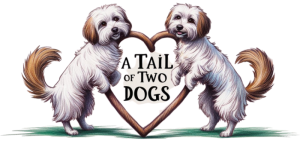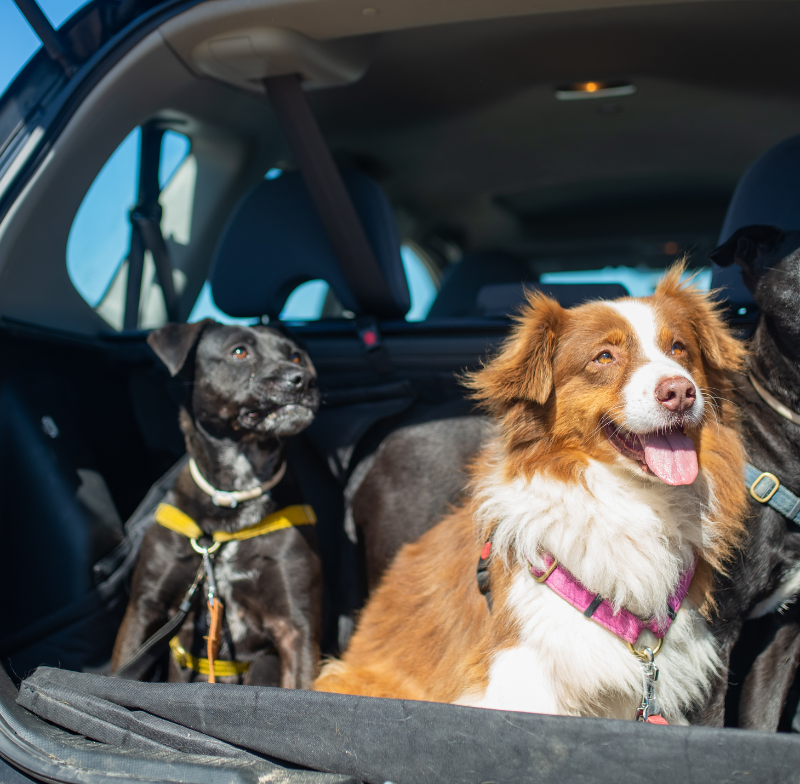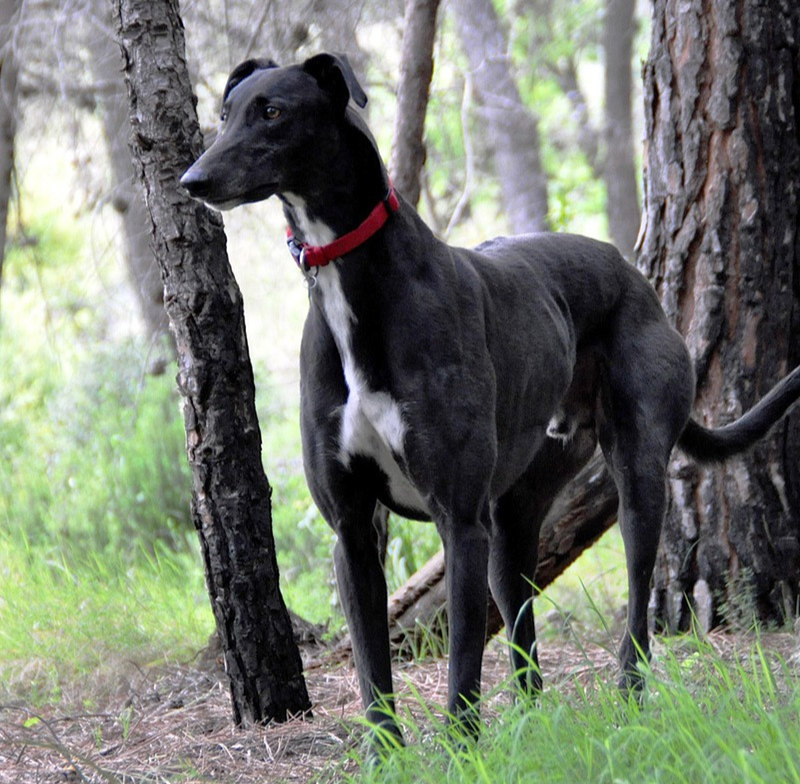As a responsible dog owner, ensuring your furry friend’s safety and well-being is a top priority. While it’s tempting to share human food with your pup, many common foods are actually toxic and can cause serious health issues. Some can lead to mild digestive upset, while others can result in severe poisoning, organ failure, or even death. This guide covers some of the most harmful and toxic foods for dogs, explaining why they are dangerous and what symptoms to watch out for.
Onions, Garlic, and Chives – The Hidden Dangers of Alliums
Onions, garlic, and chives belong to the allium family, and they contain compounds that can be deadly to dogs. These foods contain thiosulfates, which cause oxidative damage to red blood cells, leading to hemolytic anaemia. Even small amounts of onion or garlic—whether raw, cooked, powdered, or dehydrated—can be toxic. Symptoms may not appear immediately, but they include weakness, vomiting, diarrhoea, pale gums, rapid heart rate, and dark-coloured urine. In severe cases, it can lead to organ failure and death. Since garlic is more potent than onions, even tiny amounts can be dangerous over time.
Chocolate – A Sweet but Deadly Treat
Chocolate is one of the most well-known toxic foods for dogs. It contains theobromine and caffeine, both of which stimulate the nervous system and can lead to poisoning. Dark chocolate and baking chocolate contain the highest levels of theobromine, making them particularly dangerous. Even small amounts can cause symptoms like vomiting, diarrhoea, excessive thirst, restlessness, tremors, abnormal heart rhythm, seizures, and potentially fatal heart failure. The effects of chocolate toxicity depend on the dog’s size and the amount consumed, but it’s always best to keep all chocolate products far out of reach.
Macadamia Nuts – A Surprising and Serious Toxin
Macadamia nuts are another unexpected but highly toxic food for dogs. While the exact toxic compound is unknown, ingestion of even a few nuts can cause serious issues. Symptoms usually appear within 12 hours and include vomiting, weakness, hyperthermia (increased body temperature), tremors, joint stiffness, and lethargy. In some cases, dogs may struggle to walk, appearing paralyzed or in severe pain. Although macadamia nut toxicity is rarely fatal, it can cause significant discomfort, and treatment is needed to help the dog recover.
Corn on the Cob – A Choking Hazard and Digestive Blockage Risk
Corn itself is not toxic to dogs, but corn on the cob poses a serious risk. Dogs often try to chew or swallow large chunks, which can lead to choking or cause an intestinal blockage. If a dog swallows a piece of cob, it may become lodged in the intestines, leading to life-threatening complications that require emergency surgery. Symptoms of obstruction include vomiting, loss of appetite, constipation or diarrhoea, and signs of abdominal pain. Even if your dog loves corn, it’s safest to remove it from the cob before feeding.
Avocado – Persin Poisoning and Digestive Issues
Avocado contains a substance called persin, which is toxic to some animals, including dogs. While small amounts of avocado flesh may not be highly toxic, large quantities can cause vomiting, diarrhoea, and pancreatitis due to the fruit’s high-fat content. The biggest danger, however, comes from the pit, which poses a serious choking hazard and can cause intestinal blockages. Additionally, the leaves, skin, and bark of the avocado plant contain higher levels of persin, making them even more dangerous. It’s best to keep avocados out of reach to prevent accidental ingestion.
Artificial Sweeteners – The Deadly Effects of Xylitol
Xylitol, a sugar substitute found in sugar-free gum, candy, baked goods, and even peanut butter, is one of the most dangerous toxic foods for dogs. Even a tiny amount can cause a rapid and severe drop in blood sugar (hypoglycemia), leading to weakness, seizures, and collapse. In larger amounts, xylitol can cause acute liver failure, which is often fatal. Symptoms of xylitol poisoning can occur within 30 minutes and include vomiting, tremors, lack of coordination, and lethargy. Since xylitol is often hidden in processed foods, always check ingredient labels before sharing any human food with your pet.
Alcohol – A Poison That Affects the Nervous System
Alcohol, even in small amounts, is extremely toxic to dogs. Unlike humans, dogs metabolize alcohol much more slowly, leading to rapid intoxication and poisoning. Symptoms include vomiting, diarrhoea, difficulty breathing, tremors, low body temperature, abnormal heart rate, and potential coma or death. Even foods that contain alcohol, such as rum-soaked desserts or fermented dough, can be dangerous. The effects of alcohol poisoning in dogs are severe, so immediate veterinary care is essential if ingestion occurs.
Cooked Bones – A Risk for Choking and Internal Damage
Many dog owners assume that bones are safe, but cooked bones—especially poultry bones—are incredibly dangerous. Cooking makes bones brittle, increasing the risk of splintering when chewed. These sharp fragments can cause choking, mouth injuries, oesophagal damage, or puncture the stomach and intestines, leading to life-threatening infections or internal bleeding. While raw bones may be safer, it’s always best to consult your vet before offering any bones to your dog.
Grapes and Raisins – A Mystery Toxin That Can Cause Kidney Failure
Grapes and raisins are among the most dangerous toxic foods for dogs, yet the exact reason for their toxicity remains unknown. Even a small amount can cause sudden kidney failure, leading to severe and sometimes fatal consequences. Some dogs may be more sensitive than others, but it’s impossible to predict which ones will suffer poisoning. Symptoms include vomiting, diarrhoea, lethargy, increased thirst, and decreased urination. If left untreated, kidney failure can occur within days. Since there is no safe dose, it’s crucial to keep all grapes and raisins away from dogs.
Keeping Your Dog Safe from Toxic Foods
Preventing food poisoning in dogs starts with awareness and vigilance. Always store toxic foods out of reach, be mindful of table scraps, and educate family members about the dangers of feeding human food to pets. If you suspect your dog has ingested a harmful substance, seek veterinary help immediately. Early intervention can make a life-saving difference.
Understanding the risks associated with toxic foods for dogs can help keep your furry companion healthy and safe. By avoiding these dangerous foods and opting for vet-approved treats, you can ensure your dog lives a long, happy, and toxin-free life.
Featured Image by Couleur from Pixabay
Discover more from A Tail of Two Dogs
Subscribe to get the latest posts sent to your email.





Leave a Reply